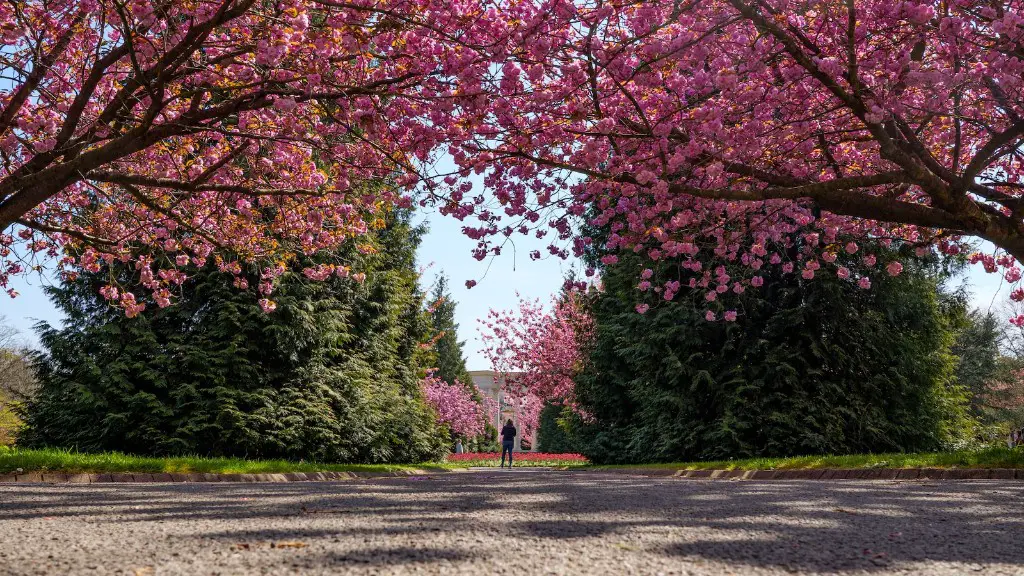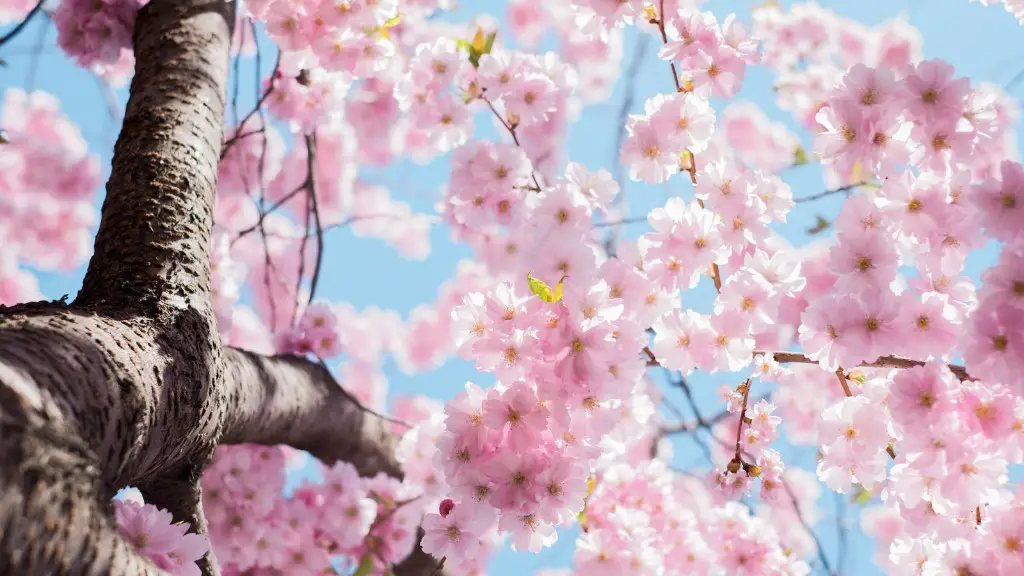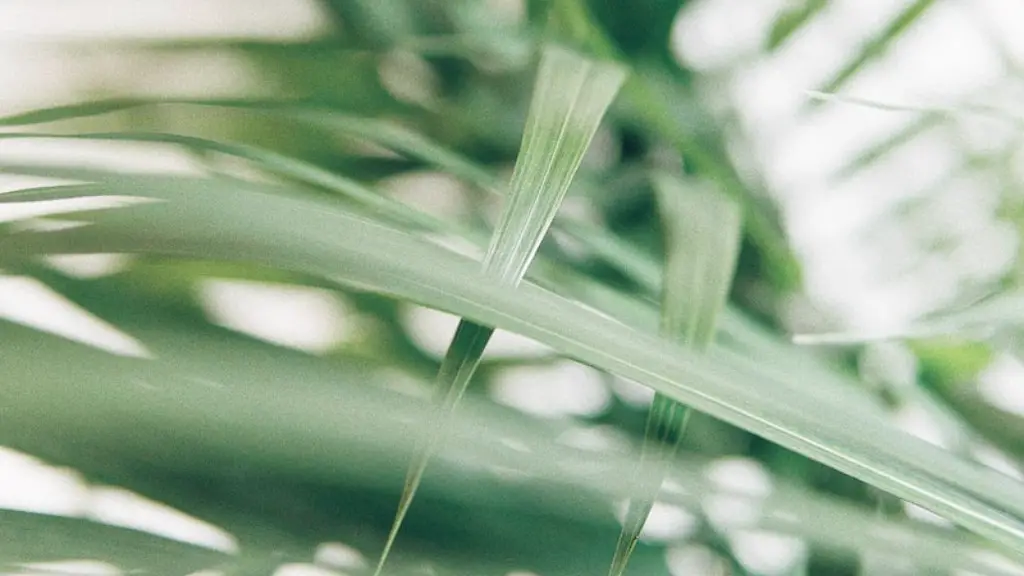Planting A Dwarf Cherry Tree
The dwarf cherry tree is a popular garden inhabitant, beloved by amateur and professional gardeners alike. With its flood of white or pale pink flowers and abundance of small, bright red cherries, the dwarf cherry tree is a beautiful addition to any garden. Here’s an overview of how to plant a dwarf cherry tree in your own garden.
Choosing The Right Tree
The first step to owning your own cherry tree is selecting the right variety for your needs. Many types of cherry trees produce dwarf versions, including self-fertile and heartier varieties such as semi-dwarf, that can survive temperatures as low as -25 degrees Fahrenheit. Other cherry trees have a sweeter flavor, such as sweet cherries and sour cherries, but some of these only produce good fruit every other year. Additionally, some varieties may need two trees to produce good fruit, while others can complete the pollination process on their own.
Deciding Where To Plant
The right spot for your cherry tree is just as important as the right tree selection. Dwarf cherry trees are best when planted in well-drained soil and full sun, with at least six hours of direct sunlight per day. The location should also provide the tree with plenty of room to grow and plenty of space for pollinators such as bees and butterflies. Additionally, cherry trees are somewhat susceptible to late spring frost, so ensure your selected location is frost-free.
Start Planting
Once you have selected the perfect spot for your Dwarf Cherry Tree, it’s time to start planting. Before you dig, however, you should add some compost to the soil to provide extra nutrients for your tree. Once the area is prepared, dig a hole that is twice as wide and deep as the tree’s root ball. Carefully remove the tree from its container, place the tree in the hole, and fill the hole back up with soil. Make sure to tamp down the soil so no air pockets remain.
Protect And Water
Your tree will need extra care to ensure it gets established. New cherry trees should be pruned in the early spring, to keep the tree healthy and create a strong framework. Your tree will also need regular watering, especially during dry seasons, until the root system begins to take hold of the soil. Mulching the tree with grass clippings and leaves will help maintain moisture in the soil and keep weeds away.
Pest Control
Cherry trees, like all fruit trees, are susceptible to a variety of pests. Coddling moths, leaf-rollers, and cherry fruit flies are all likely culprits that can pose a risk to your tree’s health. To protect your tree, use a combination of sprays, insecticides, and traps to keep pests away. Additionally, removing dead branches and leaves can help keep the pests under control.
Fertilizing
Fertilizing your tree will help ensure a robust crop of cherries during harvest. Most fertilizer can be applied during the spring and summer seasons, but be sure to follow the label’s directions as to how much and how often to fertilize your tree. Adding extra nitrogen to the fertilizer will help the tree’s leaves and flowers develop, while extra phosphorous is good for larger and brighter fruit.
Preparing Your Tree For Harvest
When your tree ripens and the cherries are ready to be picked, you will need to prepare the tree for harvest. Prune away the dead branches and remove diseased leaves to make sure the entire tree is healthy. Additionally, it’s a good idea to add protective netting over your tree to protect your crop from birds and other wildlife.
Harvesting Dwarf Cherries
When you are able to harvest your cherries, it’s important to know the difference between ripe and unripe fruits. Ripe fruit should have a bright red hue and should easily be detached from the branch. Unripe fruit will be darker in color and more difficult to remove from the branch. Harvest by hand in the early mornings, careful not to cause any damage to the tree.
Storing & Eating Dwarf Cherries
Ripe cherries can be eaten right away or can be stored in the refrigerator for up to two weeks. To store them long-term, they can be frozen or canned. Dwarf cherries can also be cooked into a variety of dishes. Some popular uses include jams, pies, and cobblers.
Preparing Your Tree For Cold Seasons
During the winter months, it’s important to take some steps to protect your tree from harsh weather and frost. Covering up the soil around the tree can help keep the roots insulated. It’s also a good idea to wrap the trunk of the tree with burlap or other breathable material to keep it warm. Pruning the tree low to the ground will help the tree stay warm in the winter months, while minimizing the chance of breakage.
Plant Disease Prevention
One of the best ways to keep your tree healthy is by monitoring and treating plant diseases. Common diseases such as canker, brown rot, and powdery mildew are all possible problems that can develop on cherry trees. Monitor your tree and take steps to treat any infection as soon as possible to keep the tree healthy and disease-free.
Growing a dwarf cherry tree can be a fun and rewarding experience for any gardener. With the right care and precautions, your tree can produce a large crop of sweet, juicy cherries year after year.



